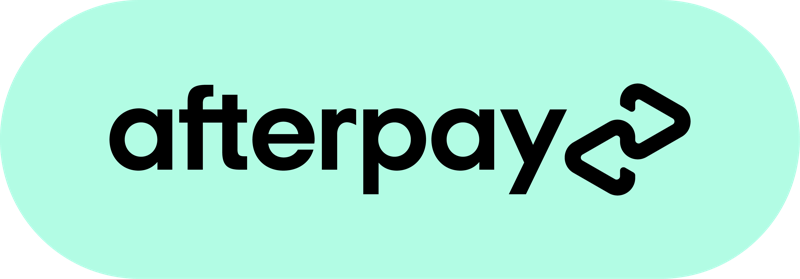Inspired by the multitude of great melodies written by English master composers such as Purcell, Elgar, Walton, Vaughn Williams, and Britten, Adagio for Winds and Percussion is a moving, powerful work that shows David Gillingham at his very best.
Program Notes
Adagio for Winds and Percussion was commissioned by friends and alumni of Central Michigan University in honor of John E. Williamson on his retirement as Director of Bands in 2018. Jack Williamson was a friend and supportive colleague over my 30 years of teaching at CMU. Under his superb leadership and conducting, the Symphonic Wind Ensemble performed much of the repertoire that I have written for the wind band medium. It only seems appropriate that I would write something in his honor to show my deep appreciation for all of his support. When I consulted Jack about what type of piece he would like me to write, he responded with something like, "Oh, just write a slow piece with a great tune". Hopefully, I have done just that.
The Adagio was inspired by the multitude of great melodies written by English master composers such as Purcell, Elgar, Walton, Vaughan Williams, Britten, and many others. The piece begins as if showing a curtain rising and revealing scenery as a backdrop for the main characters to eventually take the stage. The listener is teased with fragments of the soon-to-be-heard theme in the oboe against a drone of keyboard percussion and metallic sounds in the percussion. The tonality remains ambiguous as a mix of D major, A major, and G major, but finally settles in the sonorous key of D-flat major. The horns present the theme against oscillating woodwinds and keyboard percussion. Trumpets then take over the theme as the woodwinds and percussion transition to ascending scale-like figures. The tonality comes to rest in G-flat major and then modulates to B-flat major where a solo trio of flute, clarinet and oboe play an obbligato over the theme in the alto sax and clarinets.
The section modulates to E-flat major and a development ensues, working the theme sequentially and contrapuntally. A faster fugal section follows in C-sharp minor and in mixed meter. The music grows in texture and volume and then culminates with a glorious tour-de-force of the full ensemble in D major stating the first phrase of the theme. Quietly following, the alto sax and euphonium state the next phrase of the theme. The last phrases of the theme are played by keyboard percussion and clarinets with a sort of music box simplicity.
The mood, however, changes from D major to the darkness of B minor and an extended coda begins, reworking fragments of the theme and growing to a resounding climax with fanfare-like version of the opening notes of the theme against driving sixteenths in the upper woodwinds. The piece then modulates to A-flat major where the excitement continues and culminates with seven punctuated A-flat major chords in the brass and segueing to a quiet solitude of undulating flutes, clarinets, bells, and vibraphone. A solo euphonium sings the third phrase of the theme and modulates to F major, then plays the opening notes of the theme leading to a cluster dissonance in the woodwinds and giving way to four final flourishes of bells, crotales and vibraphone over an F major in the marimba and winds. The work then closes quietly with a single F on a bowed crotale.


